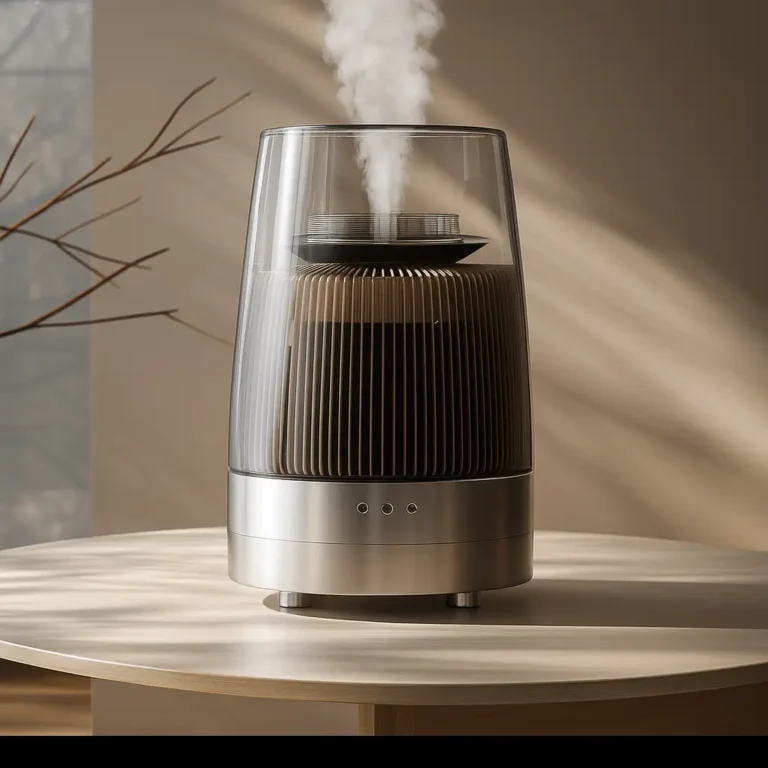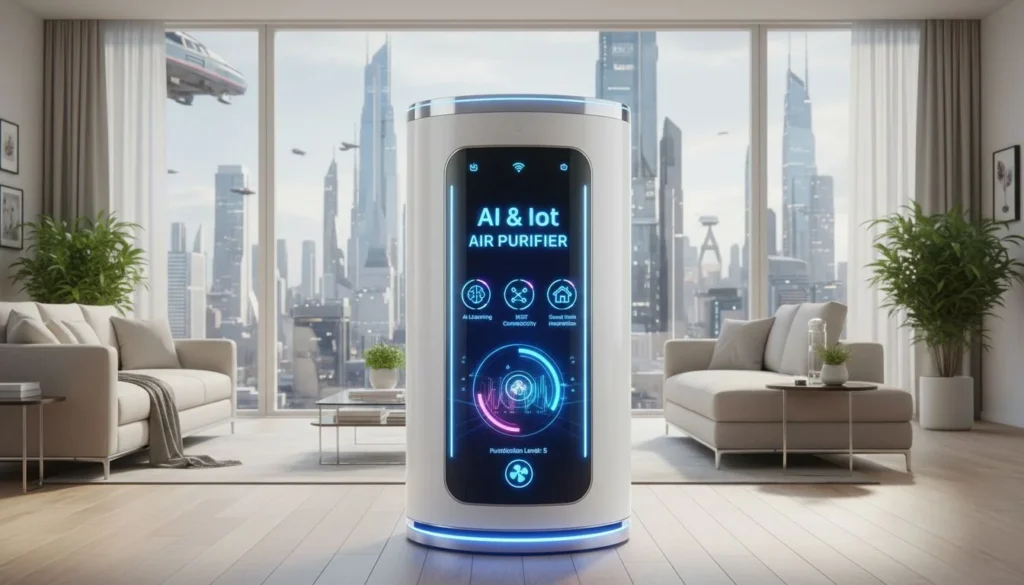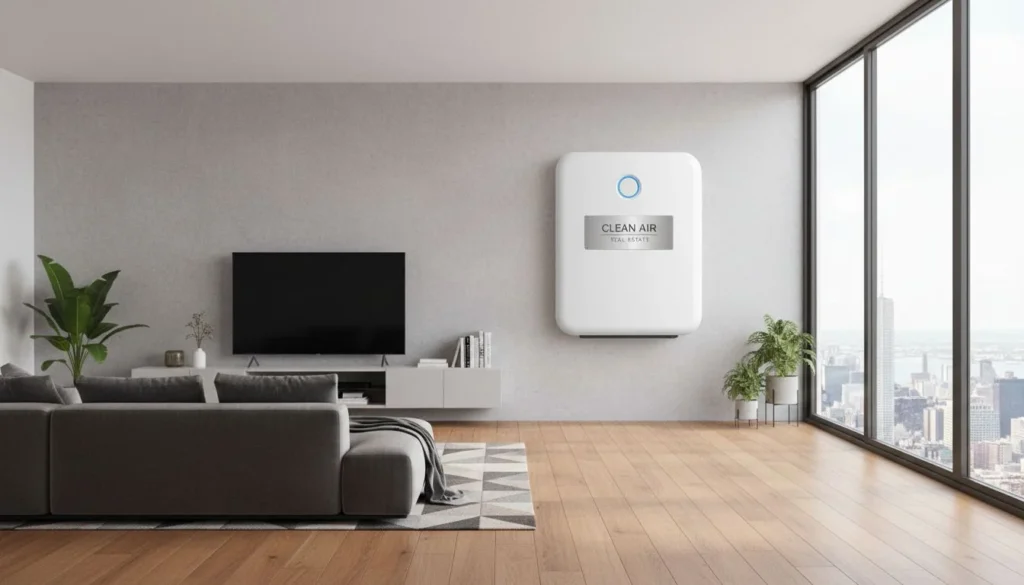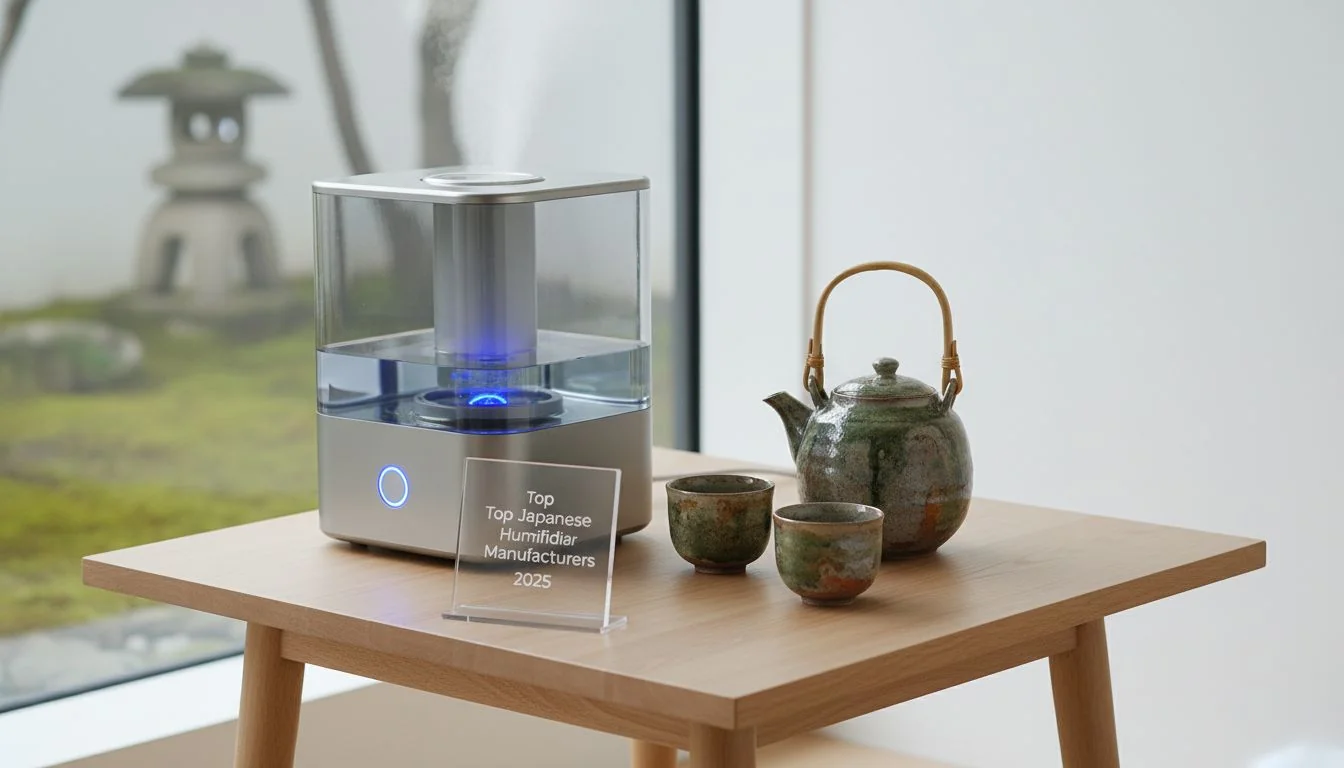
You want the legendary "Made in Japan1" quality for your new humidifier line. But the top brands seem impossible to partner with, leaving you stuck. What if the real premium choice isn't who you think?
The top Japanese humidifier manufacturers include giants like Zojirushi, Panasonic, and Sharp. However, these brands operate as closed ecosystems and are generally not available for private label or OEM partnerships. The true opportunity lies in identifying innovators who have surpassed them in hygienic design2 and material science.
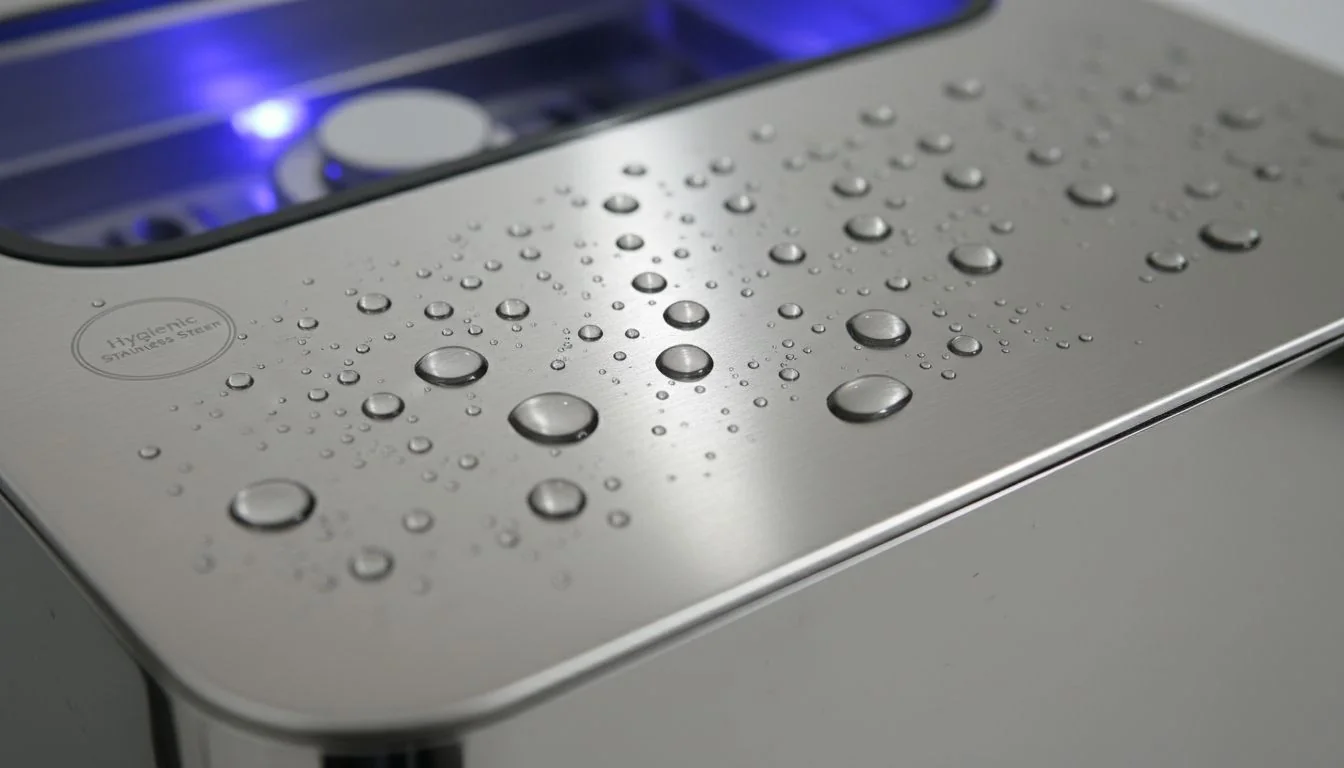
As a product designer, you're tasked with creating a premium product that stands out. The "Made in Japan" label has always been the gold standard, a shortcut to communicating quality and reliability. It’s a benchmark I’ve respected my entire career in manufacturing. You might be spending weeks trying to find a Japanese partner, believing that their brand halo is the only way to win over discerning customers. But what if that search is leading you down a dead end?
The market is changing. The definition of "premium" is evolving, and the legacy giants, for all their strengths, have an unexpected blind spot. In this article, we'll explore the reality of the Japanese humidifier market3 and reveal a smarter strategy. We will show you how to deliver a product that is not just perceived as premium, but is fundamentally better and more hygienic, by partnering with the right kind of innovator. Let's redefine what "the best" really means.
Most top-tier Japanese electronics brands offer extensive private label programs for their home appliances.Falso
Major brands like Panasonic and Zojirushi focus on their own brand equity and rarely, if ever, offer their core products for private labeling, making them inaccessible for new brand partnerships.
The 'Made in Japan' quality seal is primarily associated with advanced electronics and intricate features.Verdadeiro
Historically, Japanese manufacturing excellence in consumer goods has been demonstrated through sophisticated electronic controls, sensors, and complex functionalities, which became their global hallmark.
1. What Makes the "Made in Japan" Gold Standard So Respected?
You’re pursuing a Japanese manufacturer because their reputation is unmatched. This pursuit is built on a solid foundation of perceived quality. But what exactly are the components of this gold standard that we all admire so much?
The "Made in Japan" label signifies a deep cultural commitment to craftsmanship, or monozukuri. It promises meticulous attention to detail, incredible reliability, and advanced electronic innovation. These are not just marketing terms; they are proven qualities built over decades of manufacturing leadership.
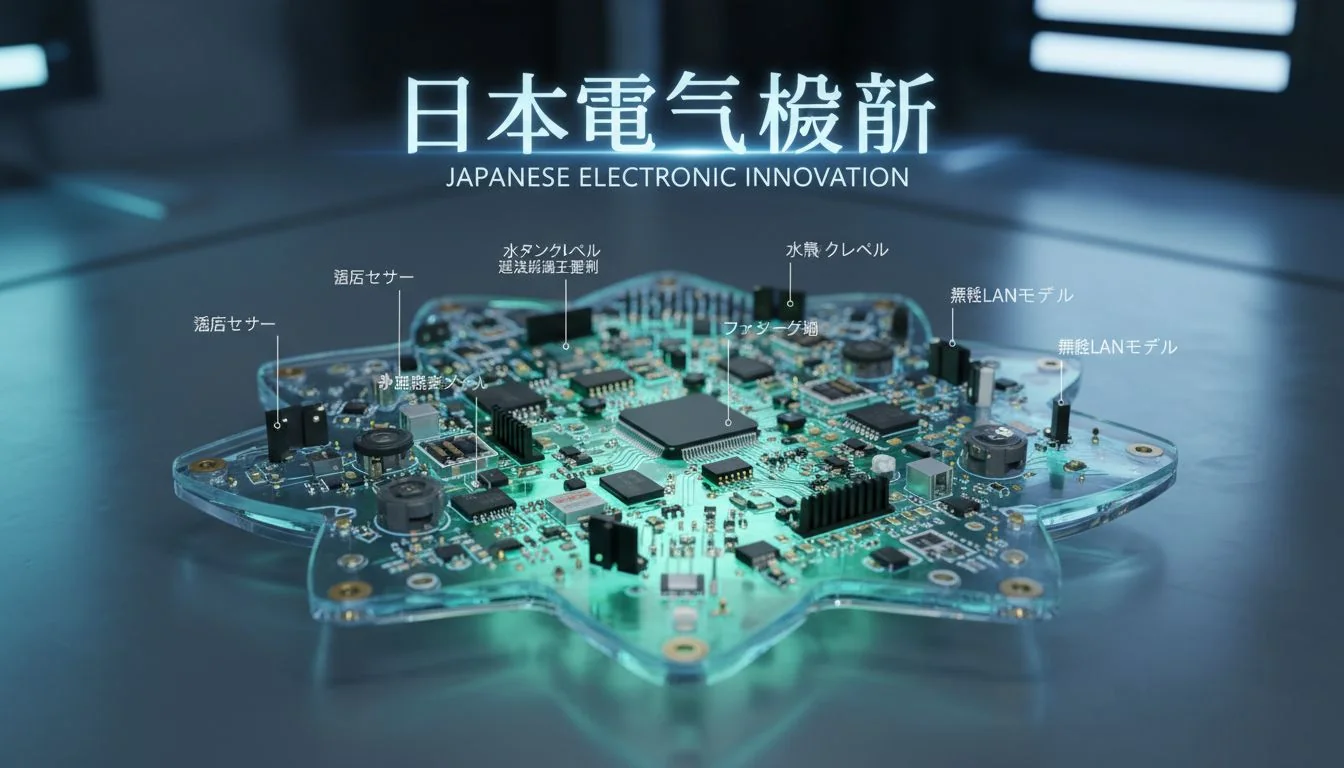
In my years running a mold and CNC company, I've seen this firsthand. When we analyzed Japanese products, the precision of the molds and the complexity of the assembly were always on another level. They mastered the art of creating feature-rich electronics that work flawlessly for years. Think about humidifiers with complex humidity sensors, multi-mode settings, and whisper-quiet fan motors. This is the legacy they built: a promise that the electronics will not fail. This focus on electronic perfection became the global definition of a "premium" appliance. It’s a standard born from a different era, one where complex features were the ultimate sign of quality. But as we'll see, the modern consumer's priorities have shifted, creating a critical gap in this traditional definition of excellence.
The Japanese concept of 'monozukuri' refers to a fleeting trend in manufacturing.Falso
'Monozukuri' is a deep-seated cultural philosophy in Japan that translates to 'the art, science, and craft of making things.' It embodies a dedication to continuous improvement and craftsmanship.
Japanese home appliances are globally recognized for their long-term reliability and low failure rates.Verdadeiro
Brands like Panasonic, Zojirushi, and others have built a global reputation based on the durability and reliability of their products, which often function perfectly for many years beyond their warranty periods.
2. Why Is the Japanese Market a Closed World of Global Brands?
You've identified the top brands, like Zojirushi or Panasonic. Now you're trying to find a contact for an OEM partnership. You quickly hit a wall, discovering these companies simply don't offer this service.
This inaccessibility is a critical, factual piece of the puzzle. Top-tier Japanese brands have spent decades building immense brand equity. Their business model is based on selling their brand, not enabling others. They are not factories for hire; they are global product companies.

This is a strategic choice, and one we must respect. Their goal is to protect their brand's value and control every aspect of the customer experience, from R&D to marketing. Offering private label or OEM services would dilute that focus. I learned this lesson the hard way early in my trading career when trying to source products for clients. The answer was always a polite but firm "no." This isn't a negotiation tactic; it's their fundamental strategy. For a product designer like you, this means that the path to partnering with these specific brands is closed. It’s not about finding the right person or having a bigger budget. It’s about recognizing a business reality and pivoting your strategy accordingly.
| Brand Tier | Private Label Accessibility | Business Focus |
|---|---|---|
| Tier 1 (e.g., Zojirushi, Panasonic) | Extremely Low / None | Global Brand Building |
| Tier 2 (Smaller, domestic brands) | Very Limited | Domestic Market Dominance |
| OEM-focused Factories | Elevado | Manufacturing as a Service |
Zojirushi actively seeks international partners to manufacture humidifiers under different brand names.Falso
Zojirushi, like many premier Japanese brands, protects its brand identity fiercely and does not engage in private label manufacturing for its signature product lines.
The business model of major Japanese appliance brands prioritizes their own brand's global presence over OEM services.Verdadeiro
These companies invest billions in R&D and marketing to build their own brand names, making a B2B OEM model counterproductive to their primary strategy.
3. Where Is the Japanese Innovation Gap Between Electronics and Hygiene?
The legacy brands perfected electronics, but this created a blind spot. They focused so much on the features of the machine that they overlooked the fundamental user problem: hygiene. This is the innovation gap you can exploit.
The real pain point for humidifier users isn't a lack of settings; it's the constant worry about mold, bacteria, and the slimy buildup inside plastic tanks. While Japanese brands were adding more buttons, the core problem of a difficult-to-clean, unhygienic water reservoir remained unsolved.

This is where the definition of "quality" begins to shift. Is a product with 10 electronic modes but a mold-prone plastic tank truly "premium"? Or is a product with a simple, effective design made from hygienic, medical-grade materials the better choice? As someone who has designed molds for both complex electronics and simple, durable goods, I can tell you that true quality lies in solving the user's biggest problem elegantly. The Japanese giants mastered the quality of electronics. They did not, however, master the quality of health and hygiene in this product category. This gap wasn't created by a failure in engineering, but by a failure to see that the consumer's definition of "safe" and "clean" had evolved beyond the circuit board.
Plastic water tanks in humidifiers are naturally resistant to mold and bacteria growth.Falso
Plastic surfaces, especially with micro-scratches from cleaning, can harbor biofilm, which is a slimy layer of bacteria and mold that is difficult to remove completely.
Japanese humidifier manufacturers have historically prioritized electronic features over material innovations for hygiene.Verdadeiro
A review of flagship models from the last decade shows a clear trend of adding complex sensors, modes, and connectivity, while the basic water tank material remained plastic.
Your target customer is more informed about health than ever before. They read about microplastics and bacteria. For them, "premium" is no longer just about a famous brand name or complex features. It's about safety, health, and peace of mind.
The new definition of premium is rooted in material science4. It’s about choosing materials that are inherently hygienic, durable, and easy to maintain. This is where stainless steel enters the conversation as the undeniable benchmark for a modern, premium humidifier.

Think about it from a product design perspective. Stainless steel is non-porous, preventing bacteria from taking root. It can be sterilized with boiling water. It doesn't degrade or leach chemicals. It communicates "clean," "medical-grade," and "permanent" in a way that no plastic can. In my own work, when a client needs a part for a medical or food-grade application, stainless steel is the default choice for a reason. It solves the hygiene problem at the material level. By choosing stainless steel, you are not just making a better humidifier; you are aligning your product with the core values of the modern, health-conscious consumer. You are showing them you understand their real concerns better than the legacy brands do.
The primary concern for most humidifier buyers today is the number of fan speed settings.Falso
Recent market surveys and customer reviews show a growing emphasis on ease of cleaning, hygiene, and the prevention of mold and bacteria as top purchasing criteria.
Stainless steel is a superior material for humidifier tanks because it is non-porous and resistant to bacterial biofilm growth.Verdadeiro
Unlike plastic, the non-porous surface of stainless steel makes it difficult for microorganisms to adhere and form biofilms, and it can be easily and effectively sanitized.
5. What Is the Smarter Strategy: "Hygienic Innovation" vs. an Inaccessible "Brand Halo"?
You have a choice. You can continue chasing the inaccessible "brand halo" of Japanese giants, or you can adopt a smarter strategy. This strategy involves embracing "hygienic innovation5" and finding a partner who leads in that space.
The "brand halo" strategy is a dead end. It relies on a partner who won't work with you and a definition of quality that is outdated. The "hygienic innovation" strategy, however, is about creating real, demonstrable value that speaks directly to the modern consumer's top concern.

This is a classic innovator's dilemma. The established leaders are so invested in their current technology (complex electronics) that they fail to see the disruptive potential of a new one (hygienic materials6). As a product developer, your job is to see that disruption and capitalize on it. Instead of trying to borrow brand equity, you can build your own by being the brand that finally solved the "slimy tank" problem. This positions you not as a follower, but as a leader. It's a more powerful, authentic, and ultimately more profitable position to be in. You are offering tangible proof of a better, safer product, which is far more compelling than a legacy brand name on a product with a fundamental flaw.
Borrowing the brand equity of a major Japanese company is the only way to launch a successful premium humidifier.Falso
Many successful D2C brands have built strong equity by focusing on a specific user problem (like hygiene) and offering a superior, innovative solution, thereby creating their own brand value.
Focusing on a key innovation like a stainless steel tank can be a powerful market differentiator against established brands.Verdadeiro
This strategy, known as 'flank marketing,' targets a weakness in the market leaders (e.g., plastic tanks) and establishes a new standard of quality, attracting discerning customers.
You need a product that embodies this new, modern definition of premium. And you need a partner who is accessible and aligned with your goals. This is where Hisoair provides the solution you've been looking for.
Hisoair represents the "Modern Premium." They are the innovator that focused on hygiene when others were focused on electronics. Their stainless steel humidifier7 is the tangible proof of this forward-thinking R&D. It is the product that meets the modern consumer's needs head-on.
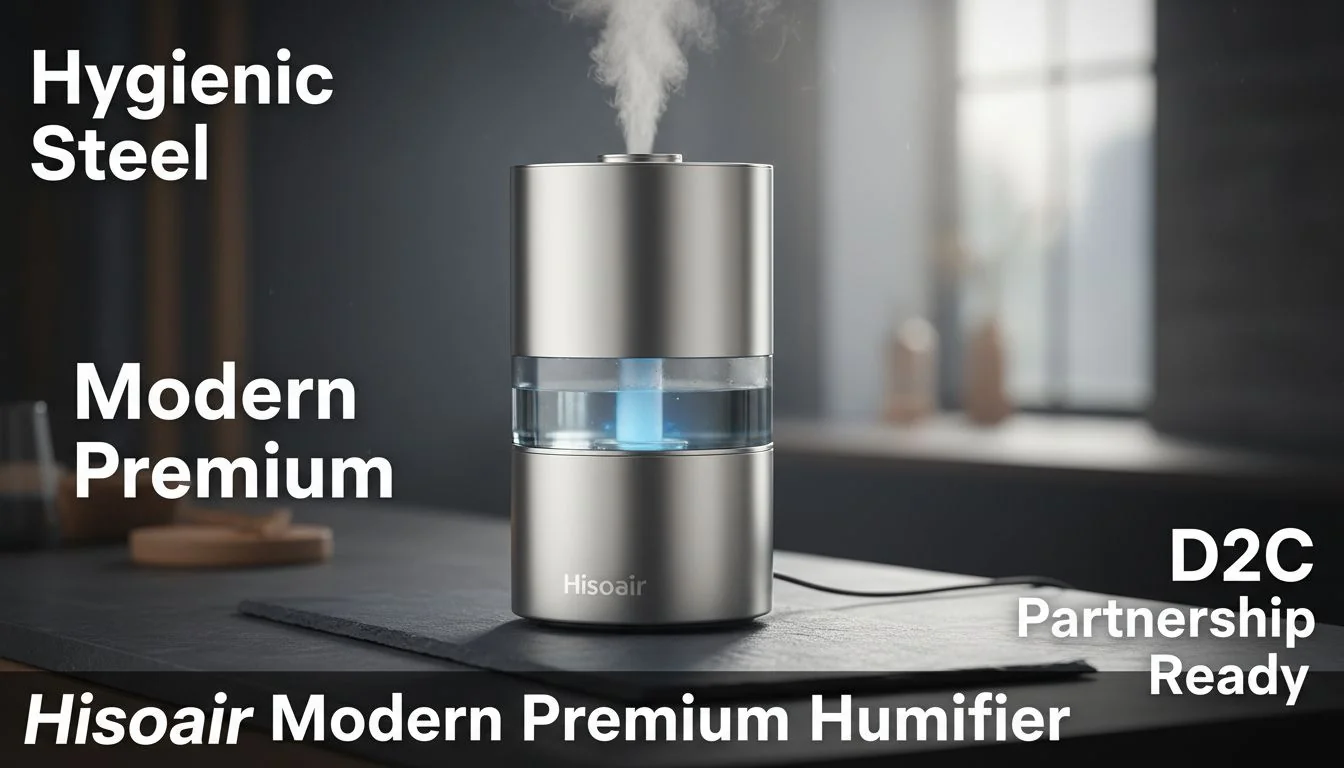
Crucially, Hisoair is structured for partnership. Unlike the closed Japanese giants, they are looking for D2C partners to bring this innovation to a global market. This is the opportunity. You get a product that is demonstrably superior in the one area that matters most to health-conscious buyers—hygiene. You get to be the brand that introduces this smarter, more modern premium choice to your market. I've built my business on helping clients find the right manufacturing partners, and the best partnerships are always with innovators who are hungry for growth, not with legacy brands resting on their laurels. Hisoair offers not just a product, but a strategic advantage. They provide the perfect "proof point" to build a brand on: a healthier, cleaner, and truly premium home environment.
Hisoair is a legacy Japanese brand with a hundred-year history.Falso
Hisoair is a modern innovator focused on solving the hygiene problem in humidifiers with new materials, and they are actively seeking D2C partners, unlike legacy brands.
Hisoair's core innovation is the use of an all-stainless-steel water path, which directly addresses consumer concerns about hygiene.Verdadeiro
This design choice is their key differentiator, positioning their product as a 'Modern Premium' alternative focused on health and safety over superfluous electronic features.
Conclusão
The best humidifier partner isn't a legacy Japanese brand. It's an accessible innovator like Hisoair, who redefines "premium" with hygienic stainless steel and is ready to help you lead the market.
References
-
Explore the cultural significance and craftsmanship behind the 'Made in Japan' label, a hallmark of quality. ↩
-
Learn about the importance of hygienic design in modern products and its effect on consumer health. ↩
-
Explore the current trends and innovations shaping the humidifier market in Japan. ↩
-
Discover how advancements in material science are transforming product design and consumer safety. ↩
-
Discover the significance of hygienic innovation in product development and consumer trust. ↩
-
Investigate the advantages of hygienic materials and their impact on consumer health and safety. ↩
-
Learn why stainless steel is becoming the material of choice for modern humidifiers. ↩



